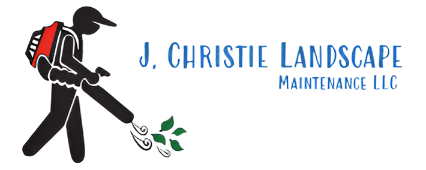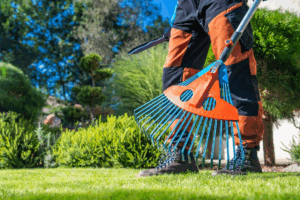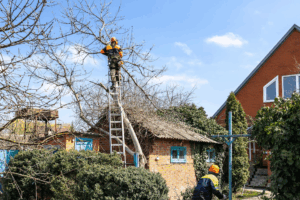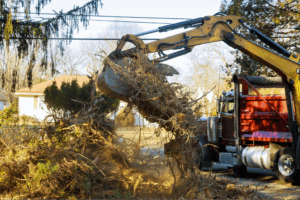A lush, green lawn adds beauty and value to any property. However, maintaining that perfect lawn is challenging when weeds start taking over. They spread fast, competing for nutrients, sunlight, and water. Left unchecked, they weaken the grass, making your lawn patchy and unhealthy. One or two weeds might seem harmless initially, but they multiply quickly, becoming a full-blown infestation. Before you know it, your lawn struggles to survive, and the cost of repair skyrockets. Knowing when to invest in weed control ensures your grass stays strong and resilient year-round.
Understanding Weed Control for Lawns
Weeds are more than just an eyesore; they threaten your lawn’s health. They drain the soil of nutrients and prevent grass from growing properly. Controlling them requires a strategic approach based on their type and growth cycle. A better understanding of weed behavior helps choose the proper treatment at the right time.
How Weeds Affect Lawn Health
Weeds ruin your lawn’s appearance and damage its foundation. They steal nutrients, water, and sunlight from grass, weakening it over time. Some weeds, like dandelions and thistles, attract pests that further harm your lawn. Others serve as hosts for plant diseases, increasing the risk of widespread lawn damage. Addressing weeds early on prevents these issues and keeps your lawn strong.
Common Types of Lawn Weeds
Broadleaf weeds like dandelions and clover spread quickly, especially in thin grass. Grassy weeds, such as crabgrass, blend in with your lawn but disrupt uniform growth. Perennial weeds return every year, making them harder to control without proper treatment. Some weeds spread through seeds, while others grow from underground roots, making removal difficult. Identifying the type of weed invading your lawn helps you select the most effective control method.
Factors That Influence Weed Control Timing
Choosing the right time for weed control depends on several factors beyond the season. Grass type, weather conditions, and lawn maintenance all play a role. Ignoring these factors can lead to ineffective treatments and wasted effort. Understanding how these elements affect weed growth ensures better results:
Lawn Type and Grass Growth Cycle
Different grass types require different weed control strategies. Cool-season grasses grow actively in spring and fall, making those the best times for weed treatment. Warm-season grasses thrive in summer, so weed control efforts should be adjusted accordingly. Applying herbicides at the wrong time can stress the grass and slow its growth. Knowing your lawn type helps you schedule weed control without harming healthy grass.
Weather Conditions and Seasonal Changes
Weather dramatically impacts the effectiveness of weed control treatments. Rain can wash away herbicides before they take effect, reducing their ability to kill weeds. High temperatures can cause some treatments to evaporate, making them less effective. Windy conditions can spread herbicides to unintended areas, harming desirable plants. Checking the weather before applying weed control ensures better absorption and long-lasting results.
Lawn Health and Maintenance Practices
A healthy lawn naturally resists weeds by outcompeting them for resources. Regular mowing, proper watering, and soil aeration reduce weed growth. Weak or patchy lawns are more vulnerable to weed infestations. Fertilizing at the right time helps grass grow stronger, leaving less room for weeds. Combining good lawn care practices with weed control treatments improves long-term results.
The Cost of Delayed Weed Control for Lawns
Waiting too long to treat weeds leads to more significant problems. Small patches of weeds become widespread infestations, making removal more difficult and expensive. The longer weeds grow, the more they weaken your lawn, increasing the risk of needing complete lawn restoration. Investing in weed control at the right time saves money and protects your lawn’s long-term health.
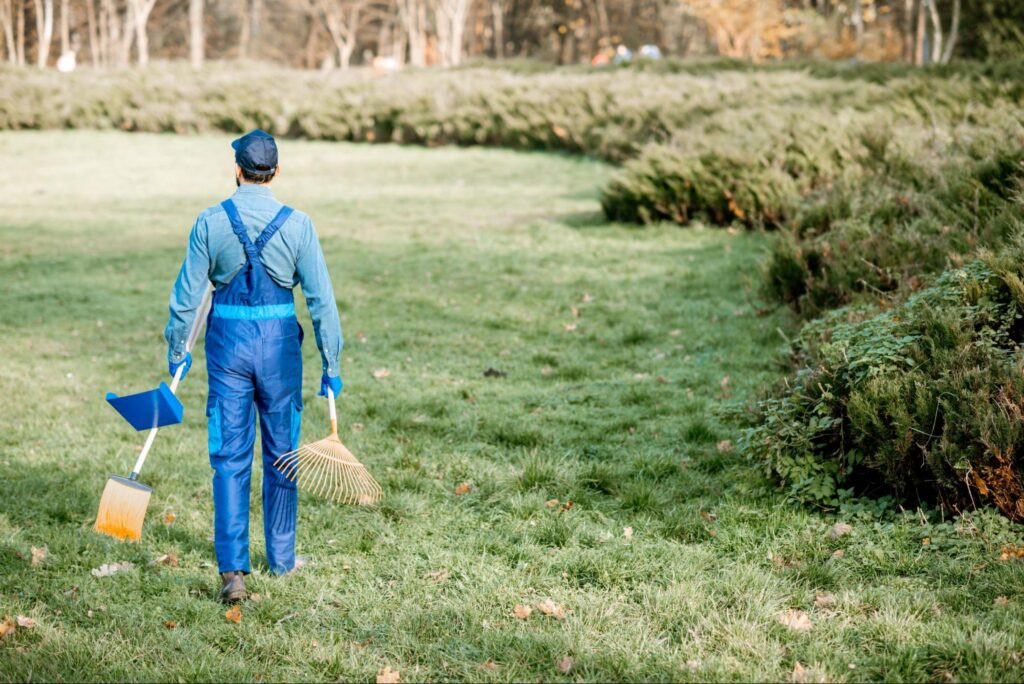
How Delaying Weed Control Increases Costs
When you ignore weeds, they multiply and spread deeper into the soil. Treating early-stage weeds requires less herbicide, while fully grown weeds demand more potent, expensive solutions. If weeds take over, reseeding or sodding may be necessary, adding to costs. Hiring lawn treatment professionals for severe infestations is also pricier than regular maintenance. Addressing weeds early on is the most cost-effective approach to lawn care.
Lawn Repair Costs vs. Preventative Weed Control
Fixing a lawn overrun by weeds costs more than seasonal weed control. Lawn restoration involves dethatching, aeration, reseeding, and fertilization, which add up quickly. In contrast, routine weed treatments are cheaper and keep the grass healthy. Neglecting weeds for too long can lead to soil degradation, requiring more extensive repairs. Preventative weed control saves time, effort, and money in the long run.
Signs It’s Time to Invest in Weed Control for Lawns
Recognizing early signs of weed problems prevents more significant issues. Weeds start small, but once they spread, they take over quickly. Ignoring them for too long results in a patchy, unhealthy lawn. Knowing when to act helps maintain strong grass growth and prevents unnecessary expenses:
When Weeds Start Outgrowing the Grass
If weeds grow faster than the grass, it’s a sign of trouble. They absorb more nutrients, leaving the grass weak and stunted. Over time, this leads to bare patches where weeds thrive. Once weeds become the dominant plant, reversing the damage is harder. Acting early stops weeds from outcompeting your lawn.
When Seasonal Changes Trigger Weed Growth
Certain seasons create ideal conditions for weeds to spread. Spring and fall are peak times for weed growth, depending on the type. Pre-emergent herbicides work best before weeds sprout, while post-emergents control existing ones. Delaying treatment allows weeds to establish strong roots while treating them at the right time prevents them from taking over.
When Weeds Resist Manual Removal
Pulling weeds by hand works for small patches but not for large infestations. Some weeds, like dandelions, have deep roots that grow back if not completely removed. If weeds keep returning despite regular pulling, herbicide treatment is necessary. Persistent weeds signal that a more aggressive approach is needed. Investing in weed control stops them from regrowing.
When to Apply Weed Control for Lawns Based on Grass Type
The best time for weed control depends on the type of grass. Cool-season and warm-season grasses grow differently, affecting when treatments should be applied. Using weed control at the wrong time can weaken your lawn instead of strengthening it. Understanding your lawn’s growth cycle ensures effective weed prevention:
Weed Control Timing for Cool-Season Grasses
Cool-season grasses like fescue, bluegrass, and ryegrass grow best in spring and fall. The best time for weed control is early spring before weeds start germinating. Pre-emergent herbicides prevent weed growth without affecting new grass growth. If weeds appear in fall, post-emergent treatments eliminate them before winter dormancy. Targeting weeds during these active growth periods keeps cool-season lawns healthy.
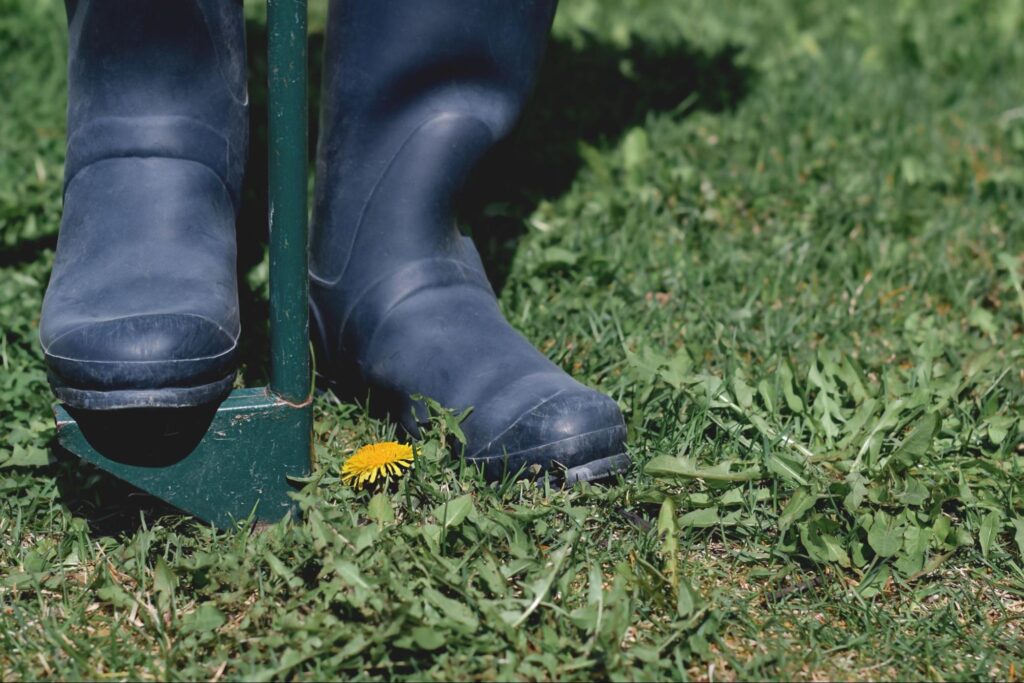
Weed Control Timing for Warm-Season Grasses
Warm-season grasses like Bermuda, St. Augustine, and Zoysia thrive in summer. Weed control should start in early spring before weeds begin growing. Post-emergent herbicides work well in late spring and summer to tackle active weeds. Fall treatments help prevent winter weeds from emerging in dormant grass. Proper timing prevents weeds from disrupting warm-season grass growth.
Adjusting Weed Control for Mixed Grass Lawns
Some lawns contain a mix of cool- and warm-season grasses. They require a balanced weed control approach based on both growth cycles. Treating weeds at the wrong time can stress one type of grass while benefiting another. Understanding the dominant grass type helps determine the best weed control schedule. Adjusting treatments based on seasonal lawn behavior ensures better results.
The Best Time to Invest in Weed Control for Lawns
Timing plays a crucial role in controlling weeds effectively. Applying treatments too early or too late reduces their effectiveness. Different seasons require different approaches to stop weed growth at the right stage. Understanding the best time for weed control leads to a healthier, greener lawn with minimal effort:
Early Spring Prevention
Pre-emergent herbicides are best applied in early spring before weeds begin to sprout. They create a barrier in the soil, stopping weed seeds from growing. Waiting too long allows weeds to establish roots, making them harder to eliminate. Soil temperature, not just the calendar, determines the right time to apply pre-emergent treatments. Preventing weed growth in early spring sets the foundation for a weed-free lawn throughout the year.
Late Spring and Early Summer Treatment
By late spring, many weeds are actively growing and spreading. Post-emergent herbicides work best at this stage, targeting weeds that have already sprouted. Treating weeds early in the summer prevents them from flowering and producing seeds. Warm-season weeds, like crabgrass, thrive in high temperatures, making early summer treatment crucial. Removing weeds before they mature reduces their ability to spread and keeps your lawn in good shape.
Fall Weed Control for Long-Term Results
Fall is the perfect time to target persistent weeds before they go dormant. Weeds absorb nutrients in preparation for winter, making them more vulnerable to herbicides. Treating weeds in the fall prevents them from coming back stronger in spring. Broadleaf herbicides work effectively in cooler temperatures, ensuring thorough weed elimination. A well-timed fall treatment strengthens your lawn and prepares it for healthy growth in the next season.
Choosing the Right Weed Control Method for Lawns
Selecting the proper weed control method depends on your lawn’s needs. Some treatments target specific weeds, while others provide broad coverage. The choice between organic and chemical solutions affects lawn health and environmental impact. Understanding the available options helps in making an informed decision:
Organic vs. Chemical Weed Control
Organic weed control uses natural ingredients like vinegar and corn gluten meal. It’s safer for the environment but often requires repeated applications. Chemical herbicides work faster and eliminate weeds more effectively. However, overuse of chemicals can harm beneficial plants and affect soil health. Choosing organic and chemical treatments depends on lawn care goals and personal preferences.
Spot Treatment vs. Full-Lawn Application
Spot treatments focus on specific areas where weeds are growing. They help reduce chemical use and prevent unnecessary exposure to healthy grass. Full-lawn applications are necessary for widespread weed problems. However, excessive use of herbicides can weaken the lawn over time. Evaluating weed density helps in choosing the most effective treatment approach.
Hiring Professionals vs. DIY Weed Control
Hiring professionals ensures that correct weed control methods are applied at the right time. They have access to specialized products and knowledge about local weed species. DIY weed control can save money, but it requires research and effort. Incorrect herbicide application can harm the lawn and lead to recurring weed problems. Professional services provide consistent and effective long-term weed management.
Stay Ahead With Smart Weed Control for Lawns
A thriving lawn isn’t just about watering and mowing—it’s about staying ahead of weeds before they take over. Every season presents a window of opportunity to strengthen your grass and shut out unwanted invaders. The difference between a lawn that flourishes and one that struggles often comes down to timing. Waiting until weeds become a problem only makes recovery harder, costlier, and more frustrating. Treat your lawn like an investment and let grass dominate the landscape, not the weeds.
Keep your lawn at its best! Visit the J. Christie Landscape blog for insights on weed control and year-round lawn care.
